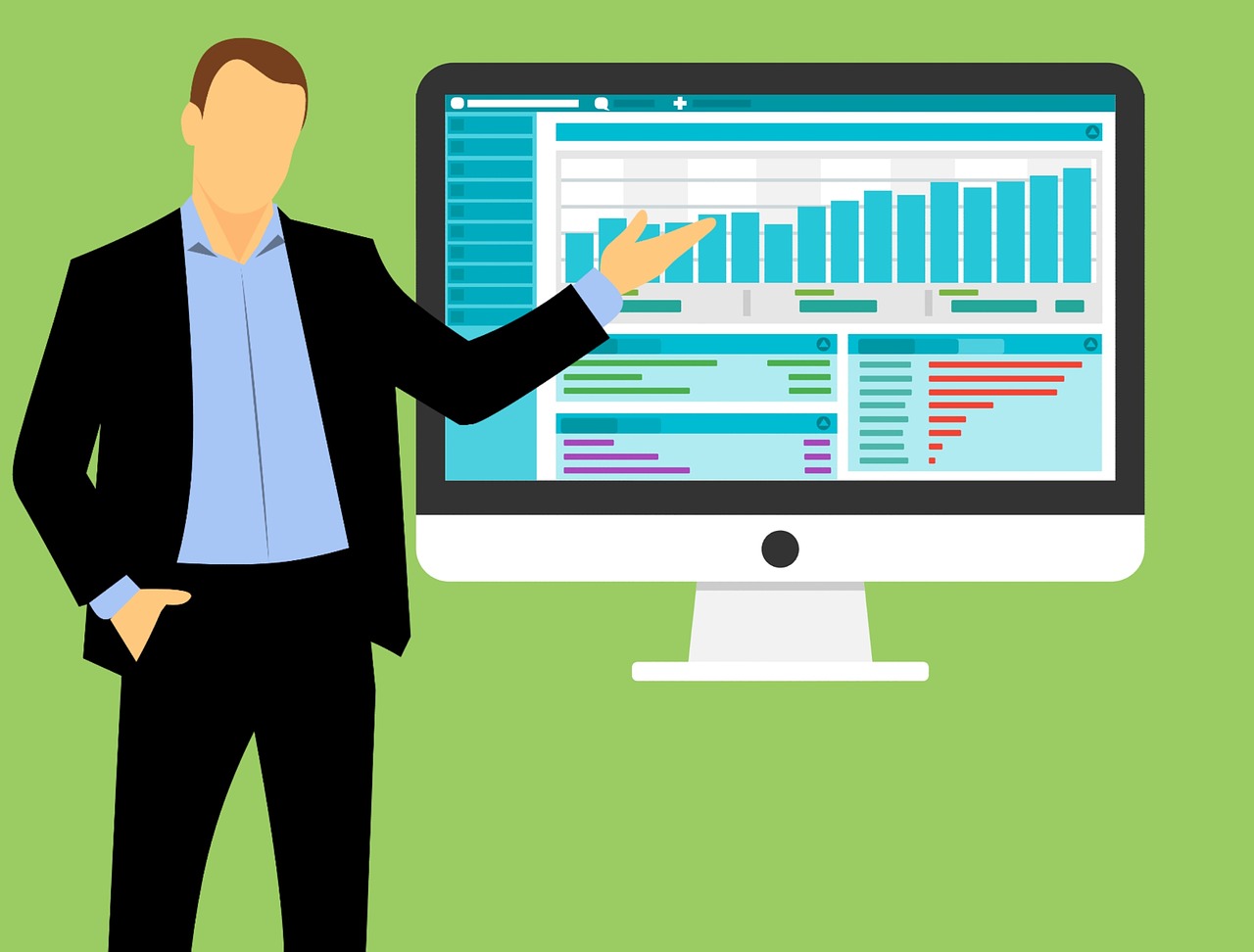- D365FO
- X++
- Currency
- Dynamics
ERP Integration is the method of connecting and synchronizing the ERP system to other software applications or other data sources. ERP integration improves the productivity of an organization by sharing data between two or more software which are used for different purposes. Through this integration, organizations can generate reports from a single point.
For example, an ERP can integrate the biometric device's applications which are made by other manufacturers to generate the daily attendance of employees, and finally based on the data collected from biometric devices through their applications ERP can generate a payroll of employees of the organization effectively. Actually through this integration organizations can generate more accurate payroll data and can make the payroll process more effective.
How can achieve ERP integration?
Many software product companies are providing Application Programme Interfaces (API) along with their products. So ERP products or other software can easily integrate these products by using these APIs. ERP integration is not an easy task because each piece of software has to satisfy some set of rules for integration.
For example, an ERP needs to integrate with a CRM application, the purpose of integration is to take the critical customer data from ERP to CRM. For this, the ERP and CRM application has to satisfy some rules for integration. API should be written for integrating both applications easily and without any vulnerability.
What is the Aim of ERP Integration?
Different Software Applications are generating different types of accurate data as their output for different purposes. So utilizing these data in a single point of reporting is a great thing about any organization. So organizations are using ERP integration for making more productive and accurate reports for their business by using ERP integration.
Moreover, a business uses a mix of software applications for their different departments for different purposes. These applications full fill the specific needs of the department. Bringing these data to the ERP will be highly appreciable for the organization, this is why organizations are using ERP integration.
ERP-ERP Integration
Big companies may have multiple ERP systems which are used by their different business units in different locations worldwide. Because different business units of the same company may have different business activities with different behavior,
For example, A MNC company has 3 business units in different locations worldwide the main activities of different business units are trading, production, projects and activities. So the company uses three different ERP software for the activities. But the head office of the company can take the consolidated financial reports from a single point will be very helpful for the managers to check and evaluate the business progress.
So in this case ERPs systems need to connect with each other to work as an integrated ERP system to create a consistent and accurate view of data.
Dynamics 365 sap integration.
Dynamics 365 sap connector
The Dynamics 365 SAP Connector is an integration solution designed specifically for companies using Microsoft Dynamics 365 CRM (Microsoft Dynamics 365 Customer Engagement) and SAP as their ERP system. Our Dynamics SAP integration combines the advantages of both worlds into one software solution!
Dynamics 365 SAP Connector Core Features
Combine Dynamics 365 CRM and SAP into one software solution!
Master data synchronization
Seamless integration of relevant master data such as accounts, contracts, etc.
Synchronization of transaction data
Seamless integration of relevant transaction data such as orders, invoices, etc.
Comprehensive process integration
Such as Sales-Order Management and Order2Cash Management, integration of Sales Quotes in SAP, and subsequent order creation and invoicing.
360° view of the customer from the Dynamics CRM system
All relevant data on the customer account for sales and marketing are also available offline.
Flexible, adaptable, and expandable interface templates
The interface comes with some ready-made integration templates, which can however be adapted flexibly. Furthermore, any number of integration templates can be created on the basis of the interface.
Synchronous and asynchronous replication of data in real-time
Batch or online data transfer can be set individually for each data entity.
Connection of NON-SAP systems
The open architecture of the interface also allows data to be exchanged with other systems such as Kafa, Azure Service Bus (ASB), and other systems and thus also supports an event-based interface architecture with sender & subscriber principle.
sap dynamics 365 integration
Dynamics 365 Oracle ERP integration
SAP to Oracle Integration
This is a brief description of the topic of ERP integration and ERP - ERP Integration.






No comments:
Post a Comment